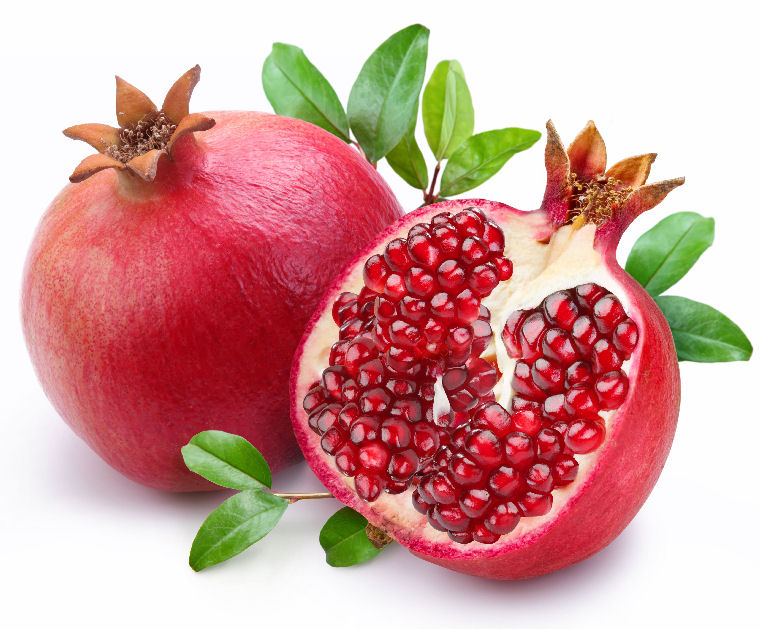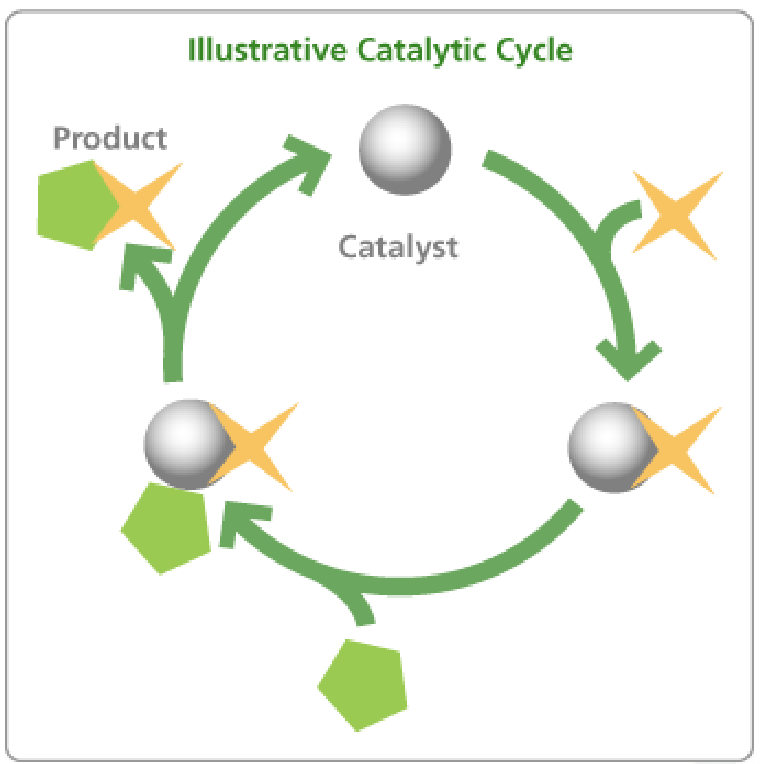Monthly Archives: March 2014
81.WHAT IS BAMBOO?
Bamboo is one of the most phenomenal examples of plant life. It shoots upward at a rate of 41 centimeters a day and can grow to 36 meters. It spreads so rapidly that if there is a road running through a growth of bamboo, that road may disappear completely in a month if it is not kept open!
There are about five hundred kinds of bamboos. They all have smooth, hollow, jointed stems with a strong, watertight partition at each joint, and all grow very rapidly. While most bamboos flower every year, there are some that bloom only three or four times in a century. The flowers are like those of grains and grasses. The fruit is usually like grain, and in some kinds, like nuts.
80.WHAT IS A POMEGRANATE?
The pomegranate is a fruit with a very interesting background in history. According to a legend of the ancient Greeks, the pomegranate was the fruit which Persephone ate while in Hades. Because she swallowed six of the seeds, she was forced to spend six months of each year in the underworld! To the Greeks, the juicy, many-seeded pomegranate always symbolized the powers of darkness.
In China, the pomegranate was a symbol of fertility. King Solomon, according to the Bible, had an orchard of pomegranates. When the children of Israel wandered in the wilderness, they longed for the pomegranates they used to have in Egypt. Mohammed advised his followers, “Eat the pomegranate, for it purges the system of envy and hatred.”
79.WHAT IS A CATALYST?
Suppose you have two friends who don’t know each other. You introduce them and leave them alone. Nothing happens. They can’t seem to get together. Then you join the company and, when all three of you are together, your two friends suddenly take to each other. In this situation you have been a “catalyst!” In science or chmistry, a catalyst is a substance Which by its mere presence hastens or slows a chemical change. Suppose a manufacturer wants to produce a certain chemical compound synthetically, that is, by combining simpler substances to form it. He often finds that these simpler substances will not combine at all, or will combine too slowly to be of use. So he adds a catalyst.




